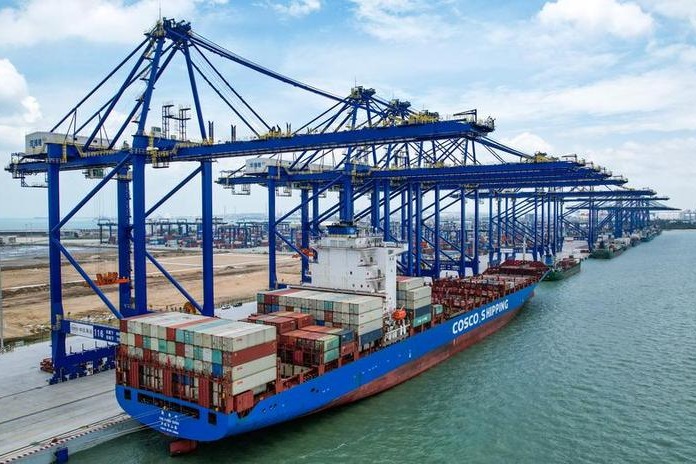The facts and China's position on China-US trade friction

Lessons of the Smoot-Hawley Tariff Act of 1930
In 1930, in the name of protecting the domestic market, President Hoover of the United States signed into law the Smoot-Hawley Tariff Act, which raised tariffs on more than 20,000 imported items and increased the average tariff rate on dutiable imports to nearly 60 percent. The measure stoked much controversy and outcry both inside and outside the country. Domestically, 1028 economists signed a petition expressing their opposition. Internationally, the Act drew fierce criticism from more than 30 countries and many took immediate retaliatory measures. As a result, US imports saw a steep drop by 67 percent from US$4.4 billion in 1929 to US$1.45 billion in 1933, and an even worse plunge of 68 percent in its exports from US$5.16 billion to US$1.65 billion. Both exceeded the 50 percent fall of the US GDP in the same period. Meanwhile, global tariff rates soared, further aggravating the global economic crisis, which became the breeding ground for Hitler's Nazi rule in Germany and expansionist militarism in Japan. Such lessons from history should never be forgotten, and past tragedies should never be repeated.
3. Impact on the global value chain
In a deeply integrated global economy, countries form a highly efficient global value chain and share in the dividends of economic globalization through division of labor by harnessing their respective strengths in technology, labor and capital. Companies, especially multinational ones, minimize their production costs and raise the quality of their products and services through global allocation of resources, thus achieving a win-win result for themselves and for consumers.
By raising tariffs and erecting trade barriers, the US administration has provoked trade frictions worldwide. US multinationals are being threatened with "traitor" labels and punitive taxes if they do not move their operations back to the US. Such moves will seriously undermine or even break the global value chain, and jeopardize the normal flows of trade and resource allocation across the world. And because of the interconnections between countries through trade and economic links, they will also produce extensive spillovers, and reduce the efficiency of the global economy. For example, sectors such as automobiles, electronics and aircraft are all supported by complex, massive industrial chains. Economies on the supply chain, including Japan, the EU and the ROK, would all be adversely affected by contracting trade. Even US suppliers would not be immune from the subsequent ripple effect. According to the estimates of the Chinese Ministry of Commerce, of the US$34 billion of Chinese products targeted by the first round of US tariff increases, over US$20 billion-nearly 59 percent of the value-are goods produced by companies from the US, the EU, Japan, the ROK and other economies operating in China. Ultimately, companies from all countries on the global industrial chain-including those from the US-would have to pay the price for tariff measures introduced by the US administration.
The "World Economic Outlook" report released by the IMF on April 17, 2018 noted that raising tariffs and non-tariff trade barriers will disrupt the global value chain, slow down the spread of new technologies, and lead to a drop in global productivity and investment. The Peterson Institute for International Economics (PIIE) argued that if the US imposes trade sanctions on China that prompt countermeasures, many countries and regions that export intermediate inputs and raw materials to China will also take a heavy hit. 77


































